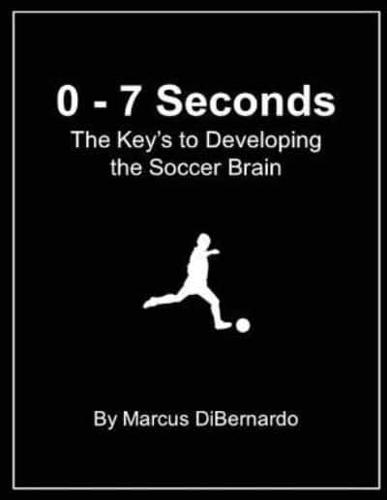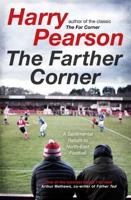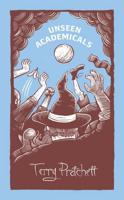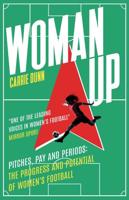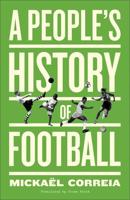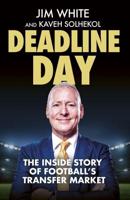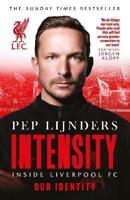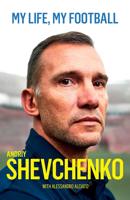Publisher's Synopsis
Is the future of player development going to be above the neck? What does "above the neck" mean exactly? To me, it means that the next great advances in player development, will be in the area of the brain, above the neck, not on the physical side. At this point in time, strength and fitness coaches have taken the physical component just about as far as they can, but the brain has received little attention, yet the brain has huge potential when it comes to increasing sports performance levels. The important question for coaches is, how can we in a real and meaningful way develop the soccer brain, so players can reach their highest levels of performance? The answer I came up with may surprise you, it centers around what happens during the milliseconds to seconds before we make a soccer decision on the field. You may be thinking this is pretty obvious stuff, the player takes in current information and makes a decision based upon the information, but there is a catch and it may not be that simple. What if you are not actually consciously in control of the decisions you think you are making, is it even possible for your brain to make decisions before you are consciously aware of what you chose to do? You may think you are making a conscious decision, but that decision may have already been made 0-7 seconds before it became known to your conscious mind. The premise of this book is that you may not be in as much control of your actions as you think you are. All this might sound a little like science fiction, but the reality is, it may be very true, and if it is indeed true, it gives us even more reason to re-examine how we develop soccer players. This book focuses on examining the neurology of decision-making, in the context of soccer coaching and overall player development, it also covers the current research pertaining to conscious and unconscious decisions-making, and how decisions can be made 0-7 seconds before the conscious mind is even aware of the decision. Finally, the book will use the scientific information on decision-making to suggest some types of training can best help players become top decision-makers on the soccer field.
